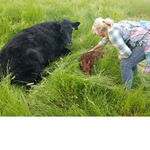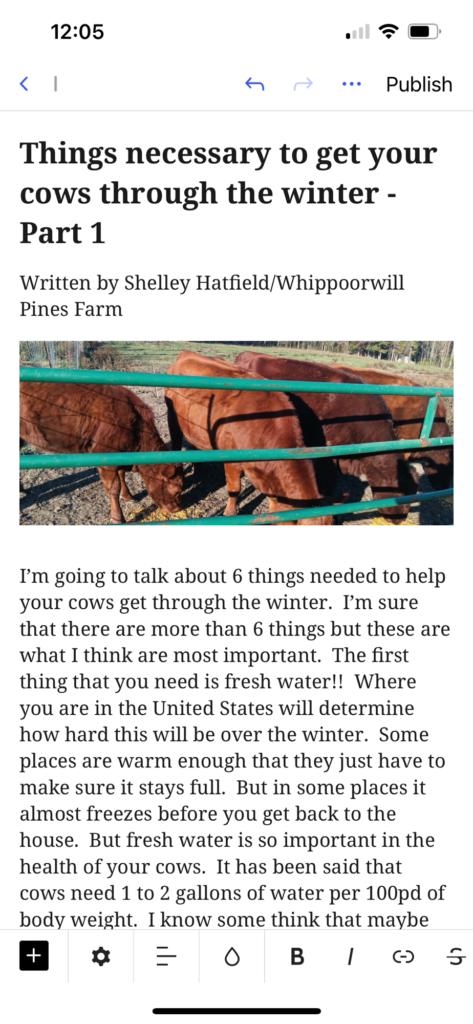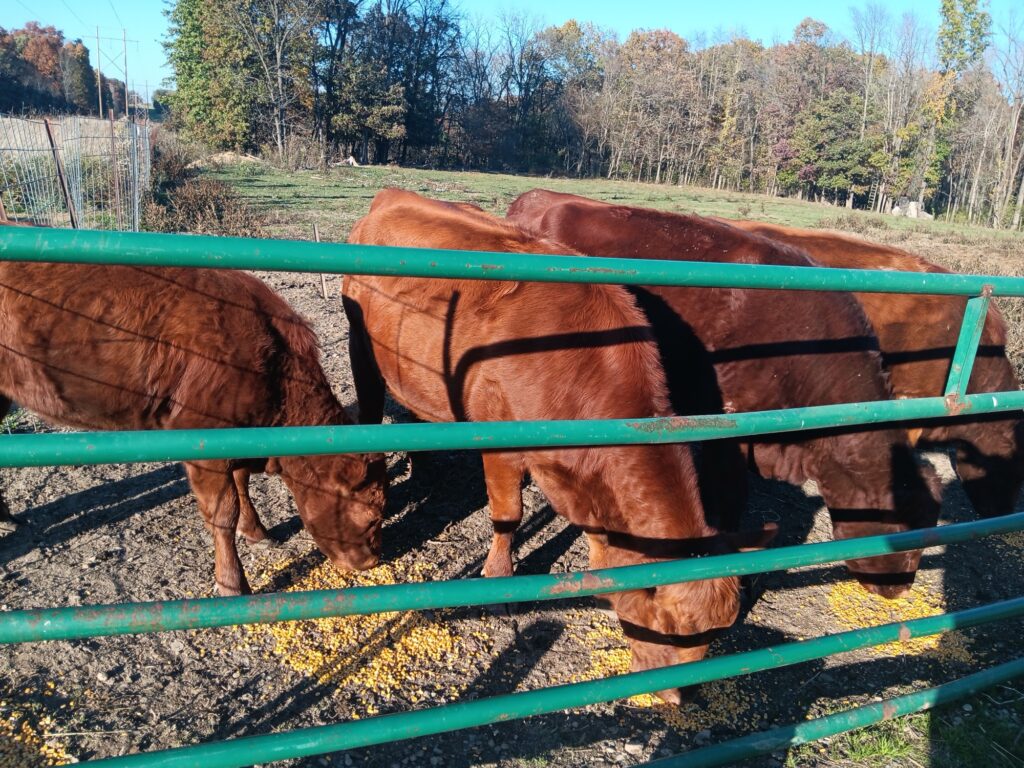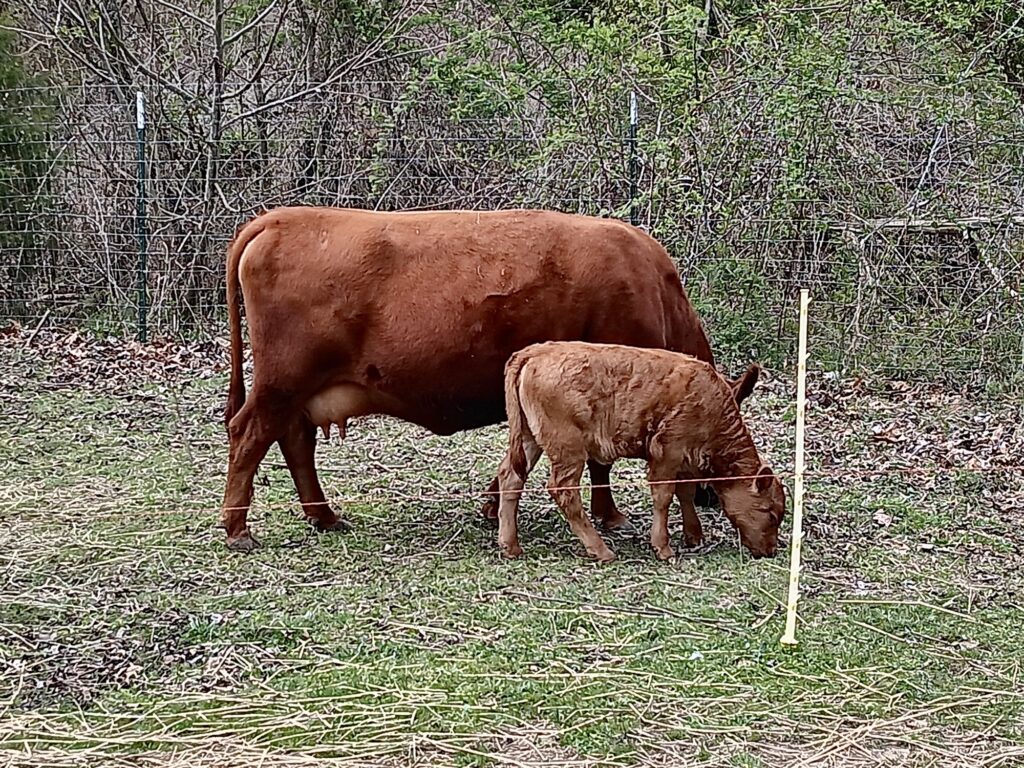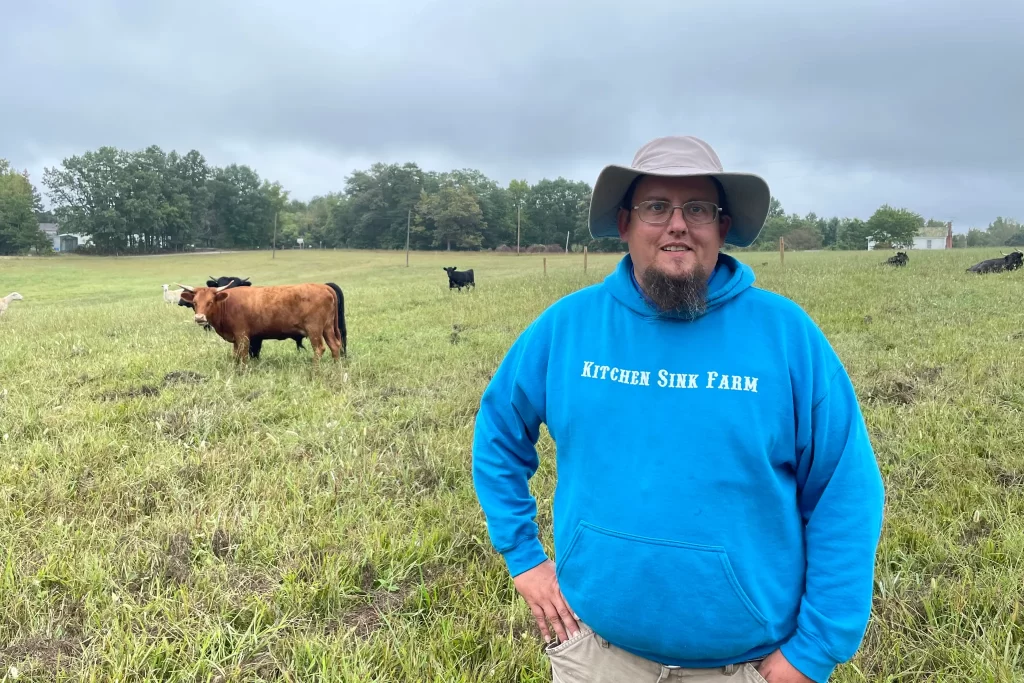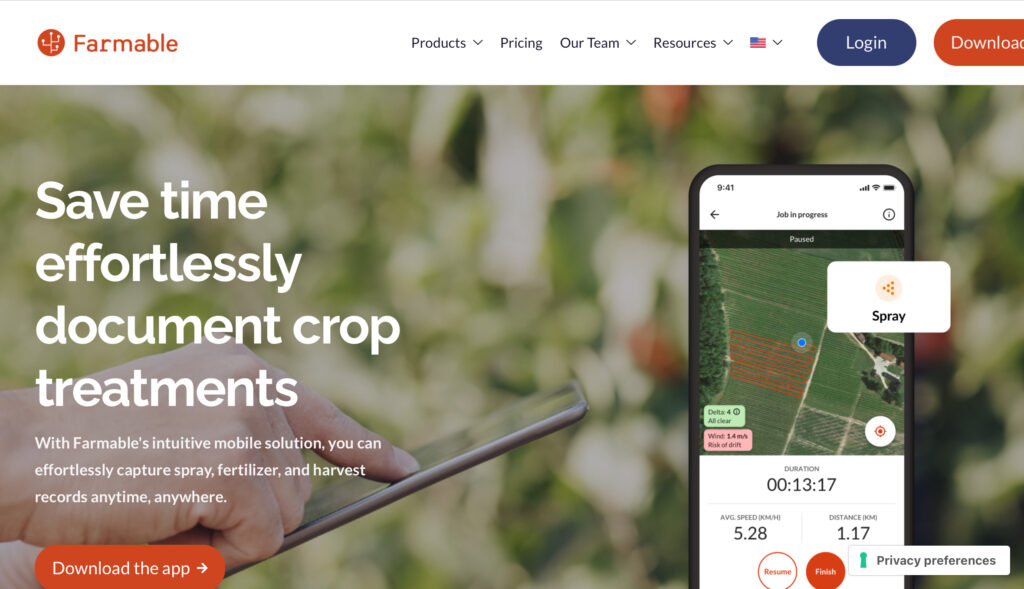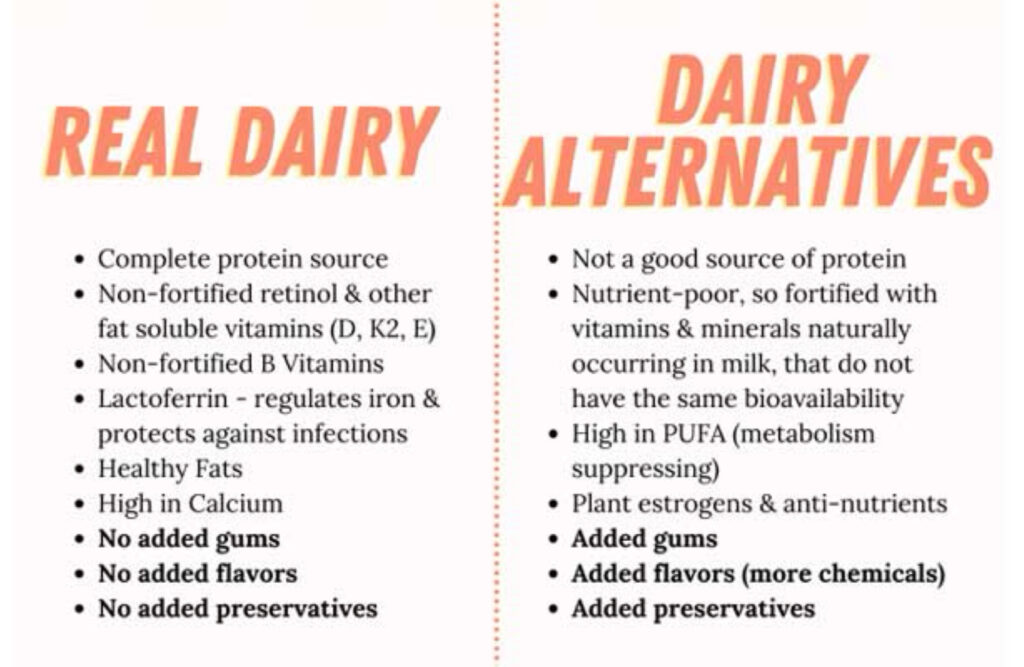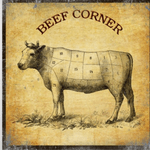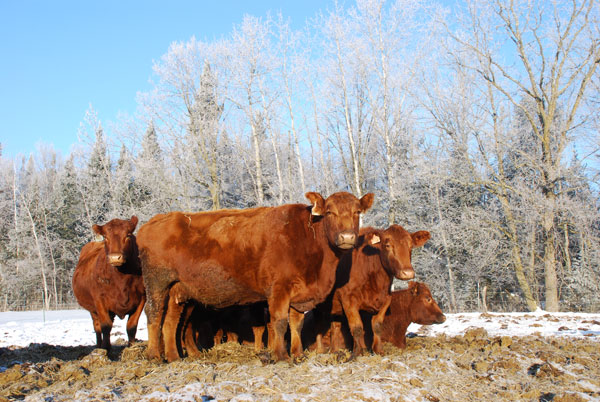November 2024
Are cows the new insulin producers?
Excerpt from Veterinarian To Be on Facebook
Scientists created a genetically engineered cow that produces human insulin in its milk:
Currently, diabetics rely on insulin synthesized in bacteria within complex laboratory settings.
The new method harnesses the cow’s natural milk-production capabilities as a biological factory for human proinsulin, the precursor to insulin. Surprisingly, the cow’s mammary gland even performed the conversion to active insulin.
This proof-of-concept study demonstrated the remarkable potential for transgenic cows to produce massive quantities of insulin. The researchers inserted a segment of human DNA responsible for proinsulin production into cow embryos. The resulting transgenic calf demonstrated the ability to secrete both human proinsulin and insulin in its milk.
A single liter of milk contains enough insulin that could meet the needs for a diabetic patient for several years.
Researchers envision a future where relatively small herds of these special cows could drastically lower insulin production costs and potentially meet global demand.
Unlike current bacterial production methods, this approach wouldn’t require sophisticated facilities. While further research and regulatory approvals are needed, the scientists are optimistic. This development could herald a new era of insulin availability, making this life-saving medication a reality for all diabetics, regardless of location or income.
Are cows the new insulin producers? Read More »
Milking & DairyComing to a solar farm near you: cows?
Letting livestock graze among solar panels isn’t a new idea, but it’s mostly been focused on sheep. – Submitted by Lessie Jo Frazier
Coming to a solar farm near you: cows? Read More »
Farm Management TechnologyBuild a digital field model
Build an interactive map of your fields for a better overview.
Keep all your information and activities easily connected.
Build a digital field model Read More »
TechnologyCreate a Business Name Instantly
A full suite of branding tools to help you build your entire brand.
Create a Business Name Instantly Read More »
Selling TechnologyThe Art of Farm Branding
How to Create a Unique Identity for Your Small Farm
The Art of Farm Branding Read More »
Selling TechnologyCheese, the Ultimate Superfood Submitted By Donna Grace
When choosing cheese, opt for raw, organic, grass fed varieties
Cheese, the Ultimate Superfood Submitted By Donna Grace Read More »
Homesteading Milking & DairyBone Broth: Nature’s Collagen Supplement Submitted By Donna Grace
Bone broth elevates dishes with rich flavor and nutritional value
https://miniature-cattle.com/documents/bone-broth-collagen_mercola.pdf
Bone Broth: Nature’s Collagen Supplement Submitted By Donna Grace Read More »
Beef HomesteadingHomoeopathy for Bovine Mastitis – Submitted by Riley Wohlgemuth
Homeopathy for Mastitis …consider natural methods
Homoeopathy for Bovine Mastitis – Submitted by Riley Wohlgemuth Read More »
Herd Health Milking & DairyUnderstanding Federal Farming Programs
Each of these programs can help you on your farming journey
Understanding Federal Farming Programs Read More »
Farm ManagementPartnerships for Your Food or Farm Business
Resources you need to successfully start your own food or farm business.
Partnerships for Your Food or Farm Business Read More »
Beef Farm Management Milking & Dairy SellingKeep Your Cowherd Healthy This Winter
Keeping your cattle healthy during the stress of colder winter temperatures is easy.
https://www.beefmagazine.com/cattle-health/how-to-keep-your-cowherd-healthy-this-winter
Keep Your Cowherd Healthy This Winter Read More »
Herd Health
